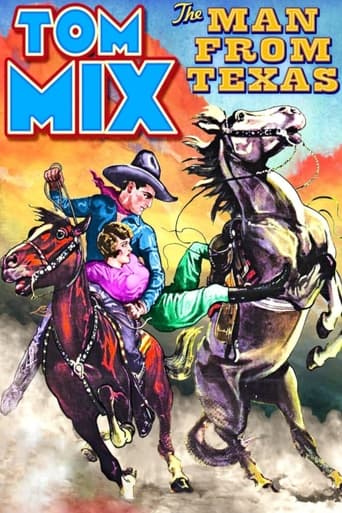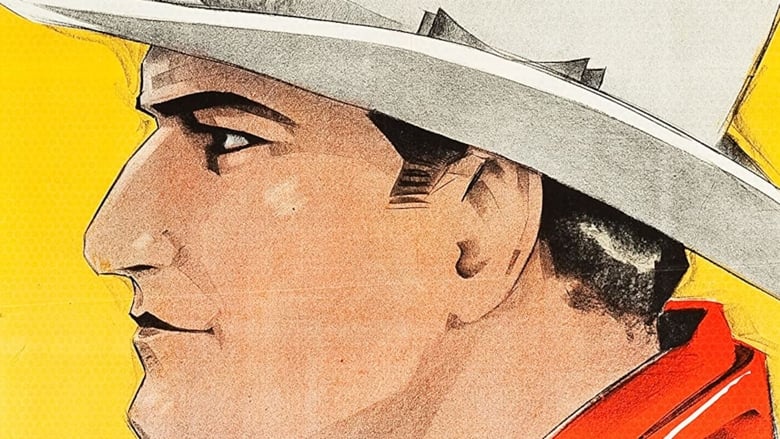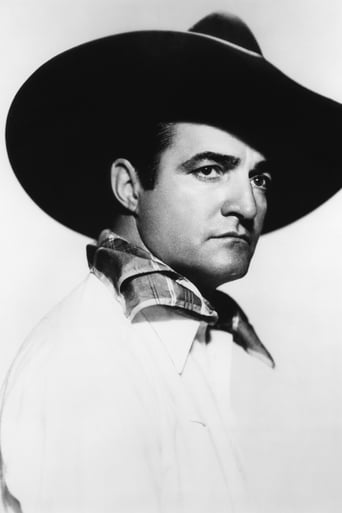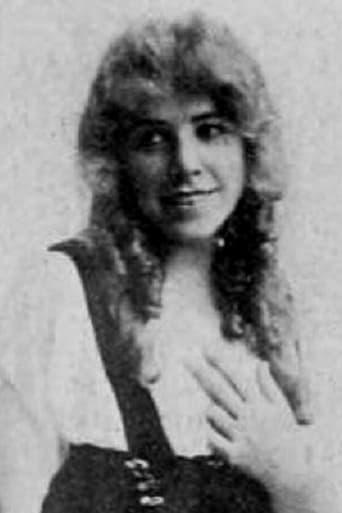

The Man from Texas (1915)
A cowboy gets a message that his sister's husband has left her in ill health. When he gets there, Texas finds her dead. He sets out to track down the promise-breaker and avenge his sister. On the way, Texas meets Moya Dalton, the fiery daughter of a rancher, and attempts to court her.
Watch Trailer
Cast
Reviews
The film makes a home in your brain and the only cure is to see it again.
Although I seem to have had higher expectations than I thought, the movie is super entertaining.
This movie tries so hard to be funny, yet it falls flat every time. Just another example of recycled ideas repackaged with women in an attempt to appeal to a certain audience.
The tone of this movie is interesting -- the stakes are both dramatic and high, but it's balanced with a lot of fun, tongue and cheek dialogue.
Tom Mix is "Texas", a cowboy on a ranch. He tracks the man who left his sister to die in Montana and shoots him. Then second episode: Texas and the sheriff are love rivals for Moya's hand, until Texas arrests Franck after robbing the stage. Third episode: Texas is now the sheriff, and arrests Moya's former foreman as he rustles horses and kidnaps Moya. This structure in episodes in itself is troubling; at 42 minutes the whole film is way too long, since the episodes have now link together. It looks like the "editor" -- and Selig -- were looking for a way to have a 4-reeler while actually shooting one-reelers. You have the three episodes spliced together, three for the price of one. Is this an influence of "The Perils of Pauline" ? Moya looks a little like helpless Pauline, always getting caught up in the villain's schemes, unable to do anything about it, except maybe force the good guy to come to the rescue double-quick.Long shots, no close-ups, rudimentary editing, linear, following the plot in the most thorough fashion. Although the actors, lit by natural light, their faces dark under their hats, are hard to read and recognize (see other comments), the film follows them, and shows its overiding interest in the figure of the cowboy. There is no attempt to place them in their geographic context, no attempt to describe anything but the different types of cowboys you can find out West: the hand on the ranch, the proud, quick-on-the-draw, honest Texas, the cowardly sheriff... It's obvious that here this western is still trying to bank on the popular image of the cowboy as dime novels would have created and distributed it; the cowboy, and not the West. Later westerns will focus more on the land, less on the myth of the cowboy. But here, we are still in that tradition. So what really matters for the audience is to know what a cowboy would do in such and such circumstance: in the first episode, tracking the villain is of no interest to the film (we cut from Texas leaving his ranch to his getting to Montana, and then he finds the man by chance). What is interesting is what Texas, the perfect type of the perfect cowboy, will do when he finds him: the shoot-out, his heroism, his honesty, his markmanship. The audience wants to see a romantic cowboy, and that's exactly what it gets.Tom Mix here uses his mournful, pathetic vocabulary of pantomime (as opposed to the burlesque of "Bear of A Story", for instance), with no stunt to speak of (except getting on and off a horse in a very sleek way). He sighs, cries, and is even mortally wounded (he looks like he's about to die until the next shot, where he is alive and kissing Moya).A note on the interior shots in the saloon (apart from a shot inside the post office -- what other western has a practical post office, anyone knows ?-- all interiors are of the saloon): cramped, door to left, bar in back, a table in front. Usually the cowboys are standing at the bar. Like in Hart's "Return of Draw Egan", the bad guys are not sitting at the table doing nothing or playing a listless game of poker. They stand at the bar, and only sit when they actually have to actively plot something together (contrast this with the bad guys in "Shane" who spend all their time doing nothing sitting at a table in the bar, and no one is standing at the bar: that's the history of Hollywood style, folks). THe reason is here visual: by standing at the bar they have their backs turned to us, thus looking more ominous, hard to fathom, than if we could see their faces (cf. the shot of the Mexican villain's back, his ornate jacket, before we "see" his darkened face).
A cowboy hero known only as "Texas" (Tom Mix) goes to Montana to find the man who done his sister wrong. After neatly dispatching the villain, he falls for a local girl and decides to stick around, becoming involved in several adventures with stage robbers, rustlers, and kidnappers.How can you possibly try to rate a low-budget western from 1915? If you're watching this film, you're probably watching it as a lesson in the history of film making, and in that context it does provide some interest. Every scene is shot in a single take from a single fixed camera. There are neither close-ups nor the extreme long shots which will become one of the defining characteristics of the Hollywood western. It's filmed using the natural overhead sunlight, so the faces are constantly in shadow from all the 10-gallon cowboy hats. This basically means that the characters are little more than bodies acting out the motions described in the title cards. The plot itself contains all the elements which Hollywood will re-use countless times, although here we see them in a very abbreviated form. No doubt these were taken directly from the dime novels and horse operas of the late 19th century. From a stylistic point of view, however, this film doesn't appear to have added anything to the Western genre which hadn't already been seen in "The Great Train Robbery" filmed more than 10 years earlier. Nevertheless, since most films this old which we have the chance to see are those preserved as classics, it's fun to be able to watch a 1915 film which was nothing but run-of-the-mill entertainment.
Nothing out of the ordinary here. Tom Mix plays the standard movie cowboy thrust into the standard situations and the film plods through its now well-worn paces in a brisk 46 minutes. It's a thrill to find films like this that still exist, and a disappointment when they turn out to be so ordinary. It's also good to be reminded that cinema's childhood was just as fraught with formulaic stories as it is today.


